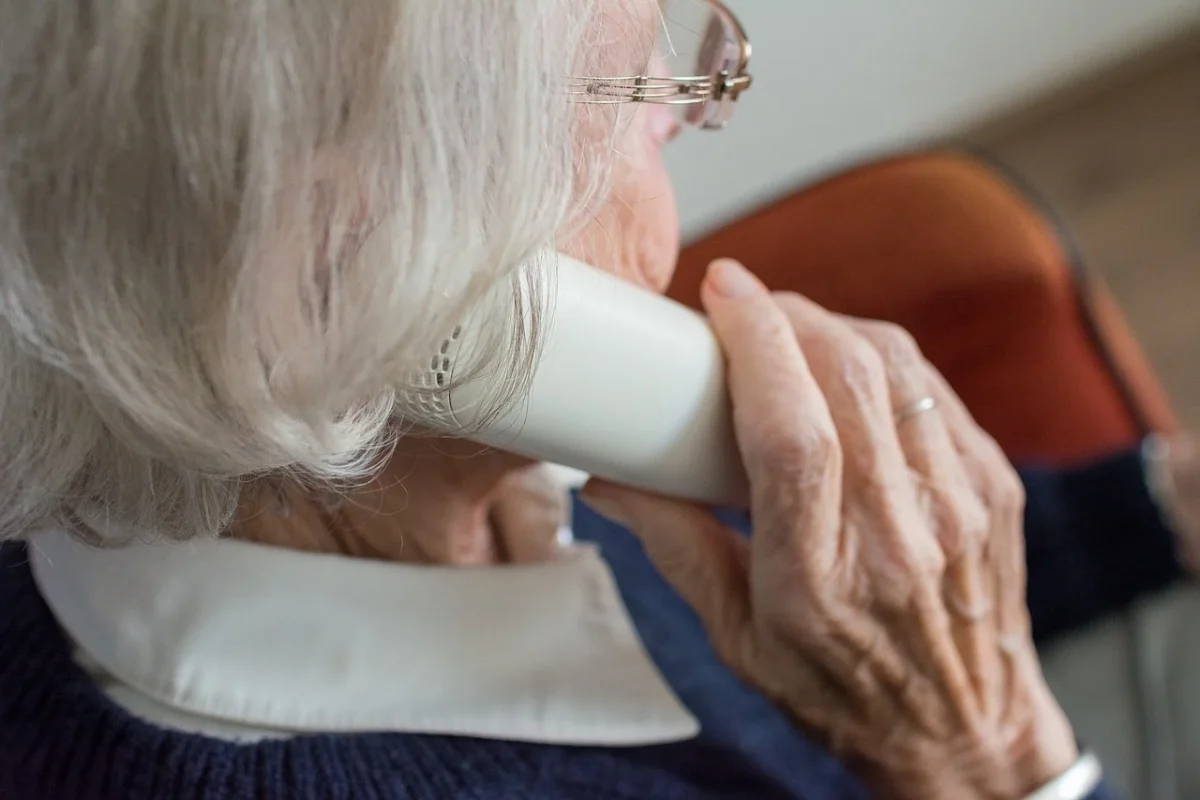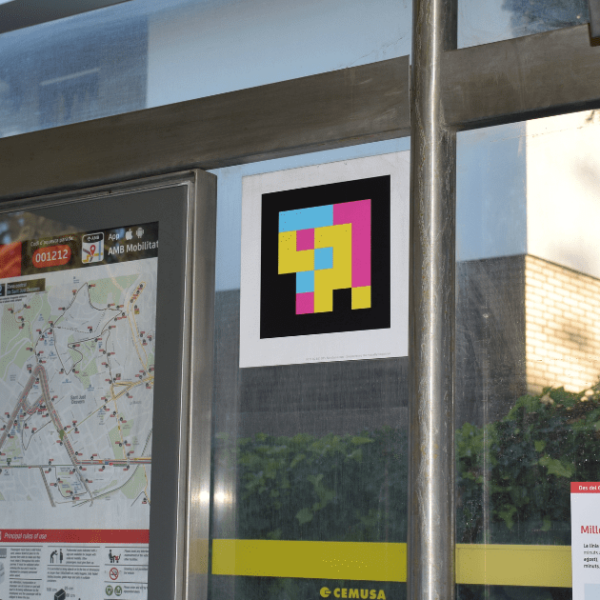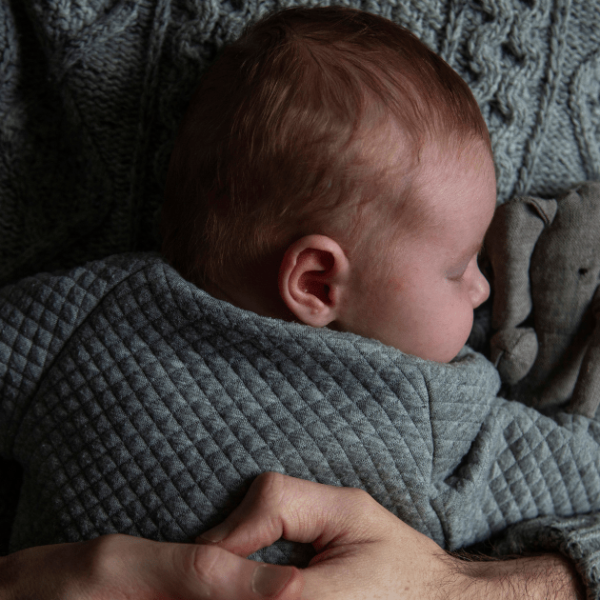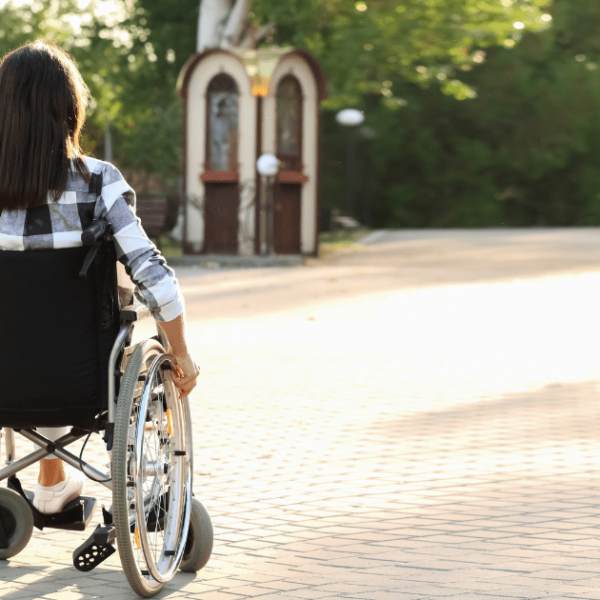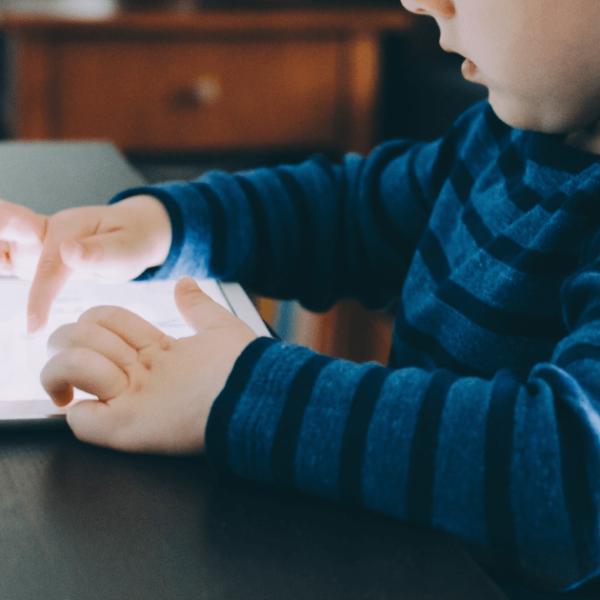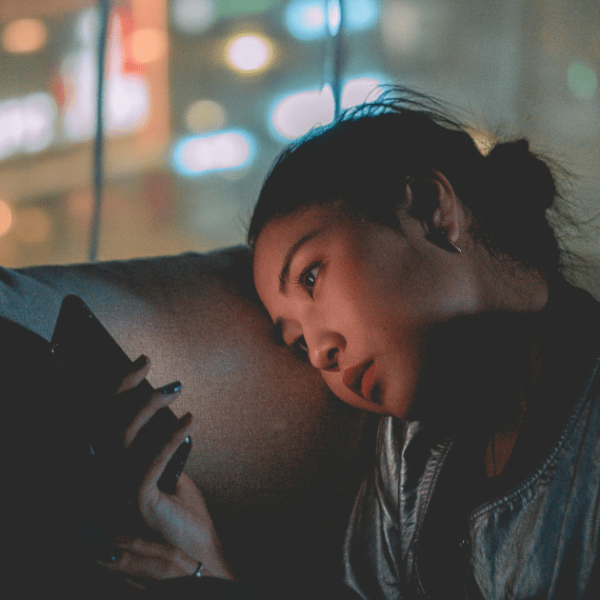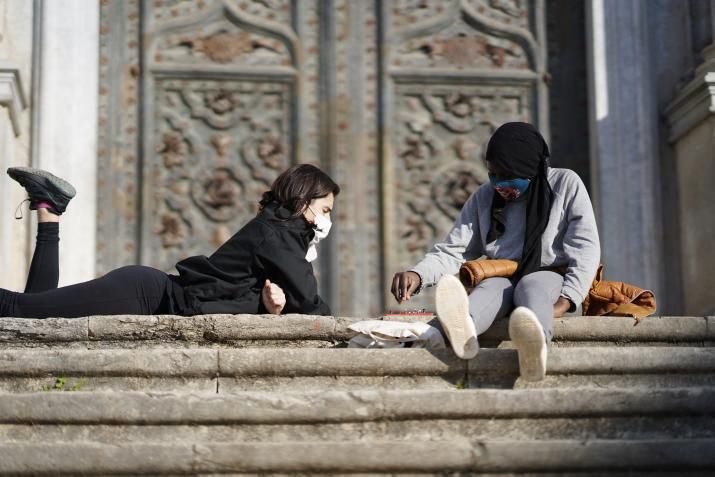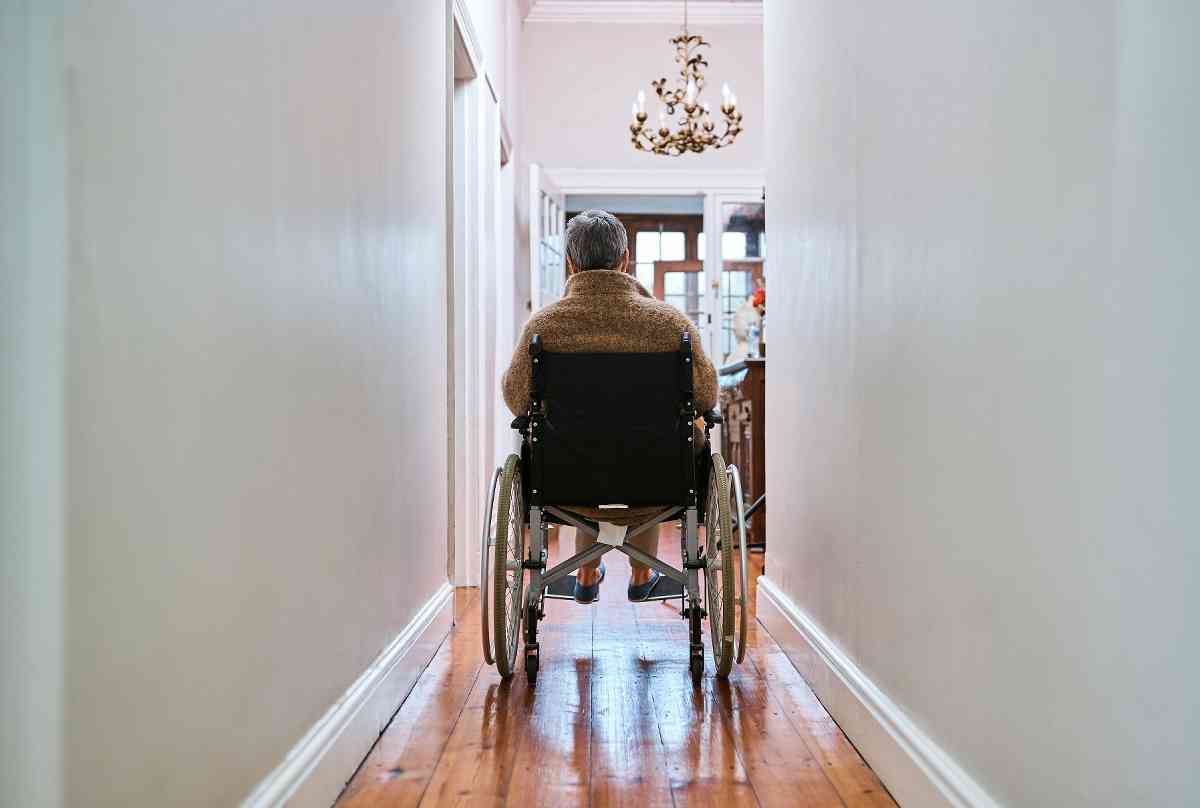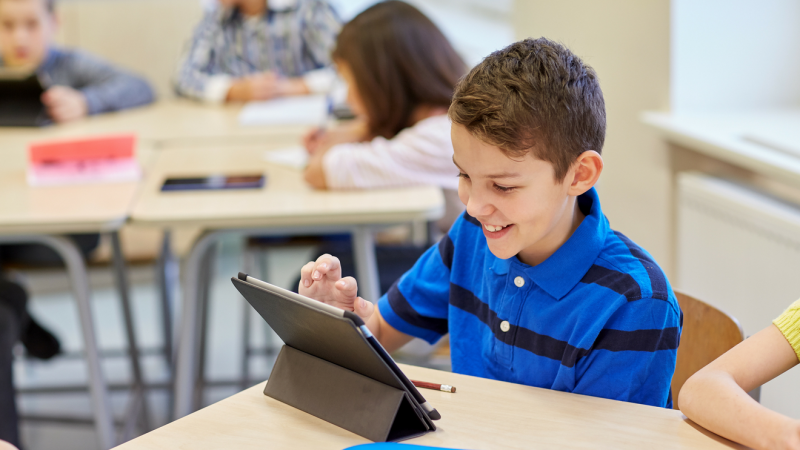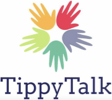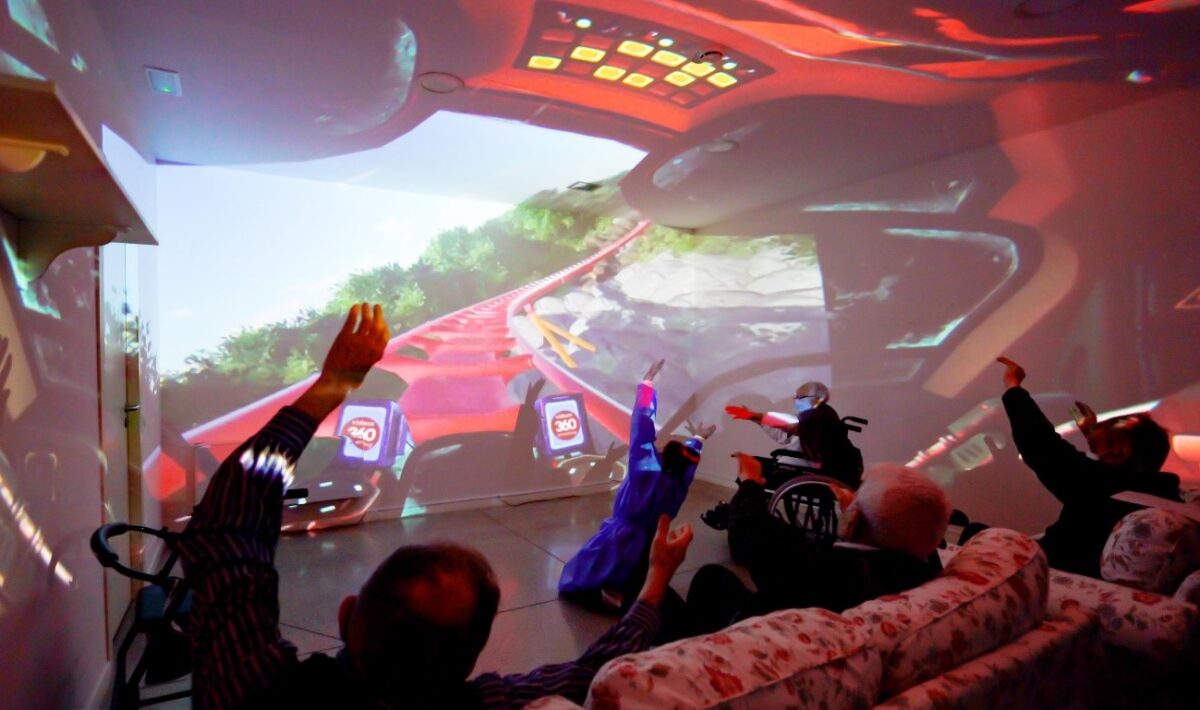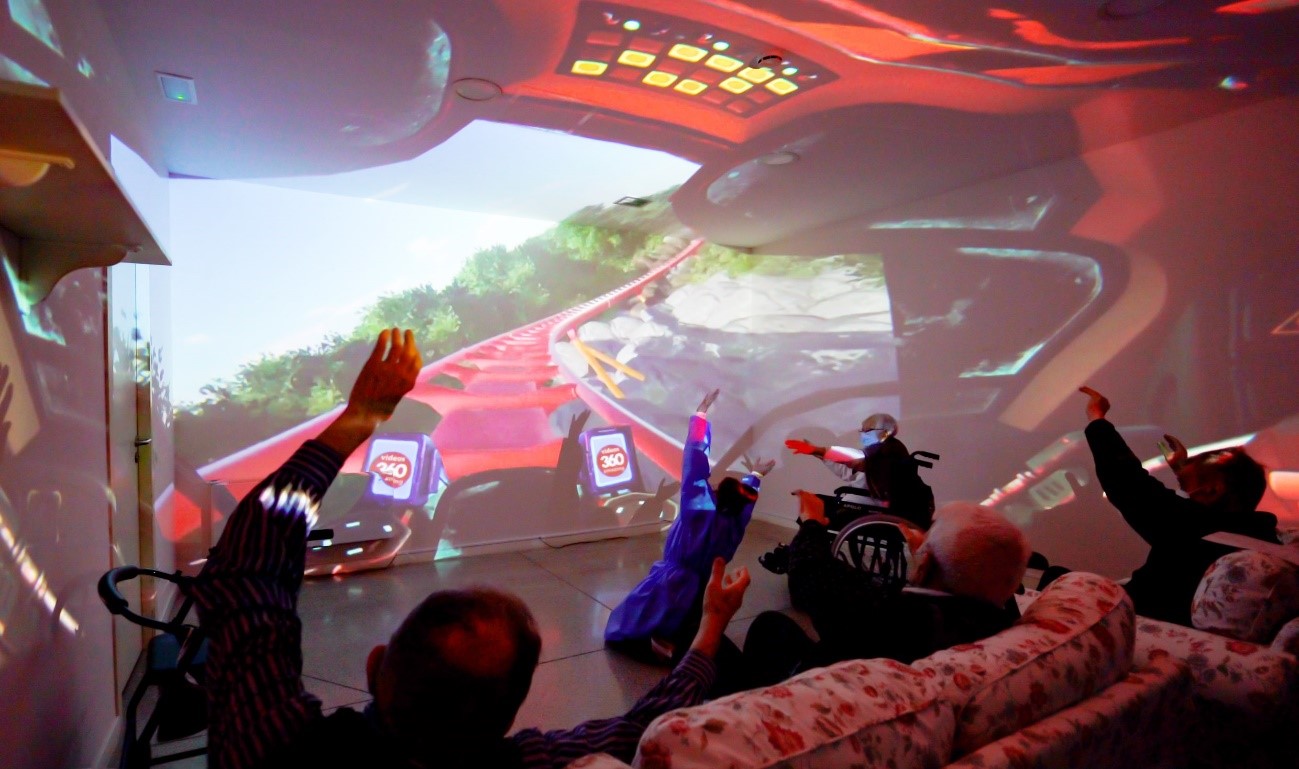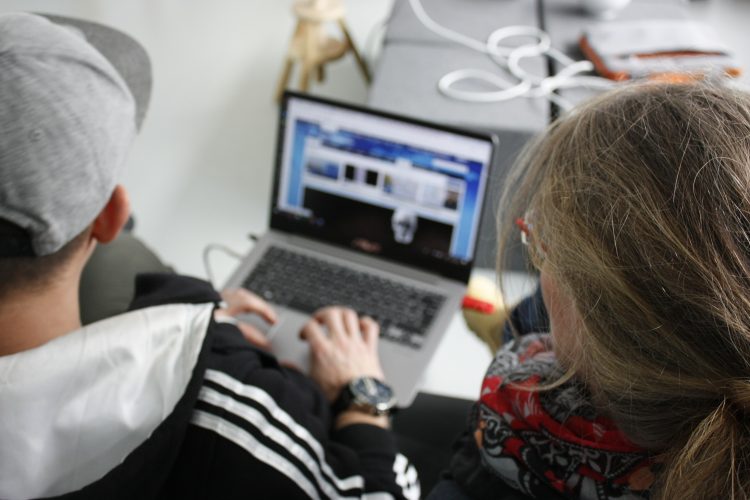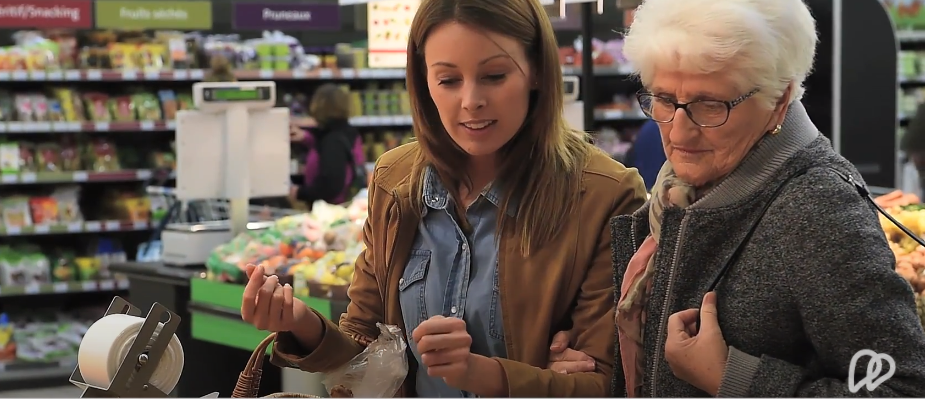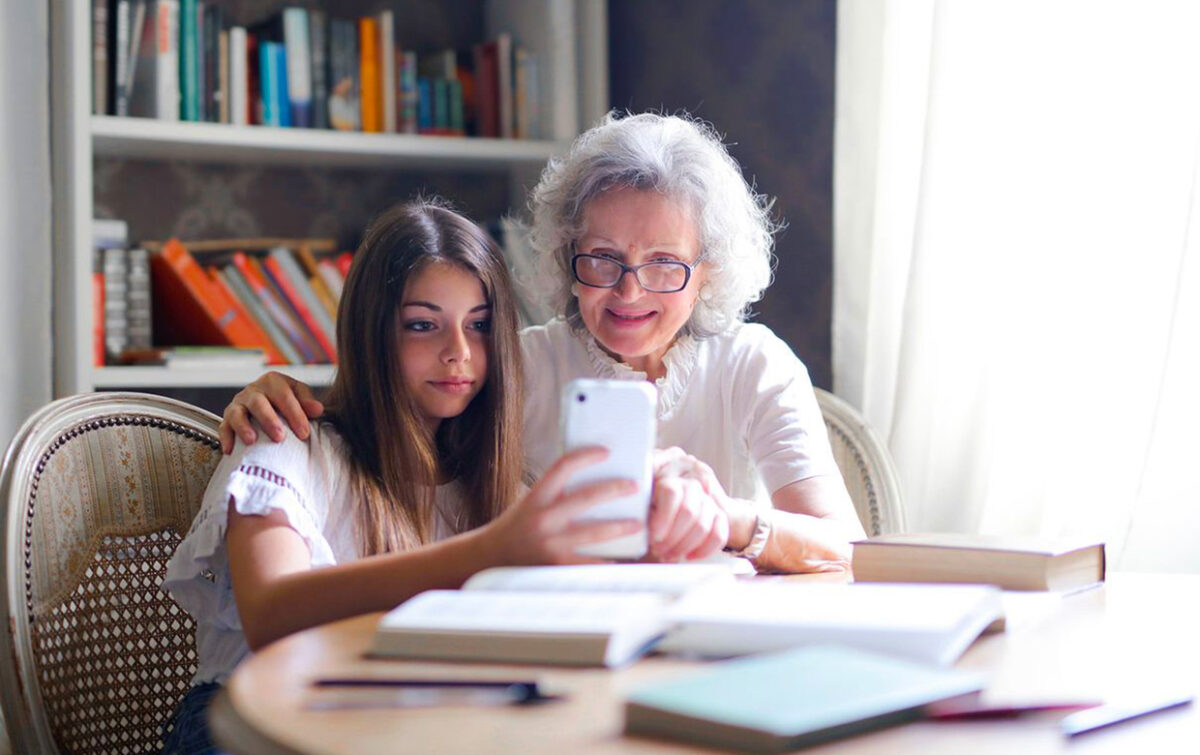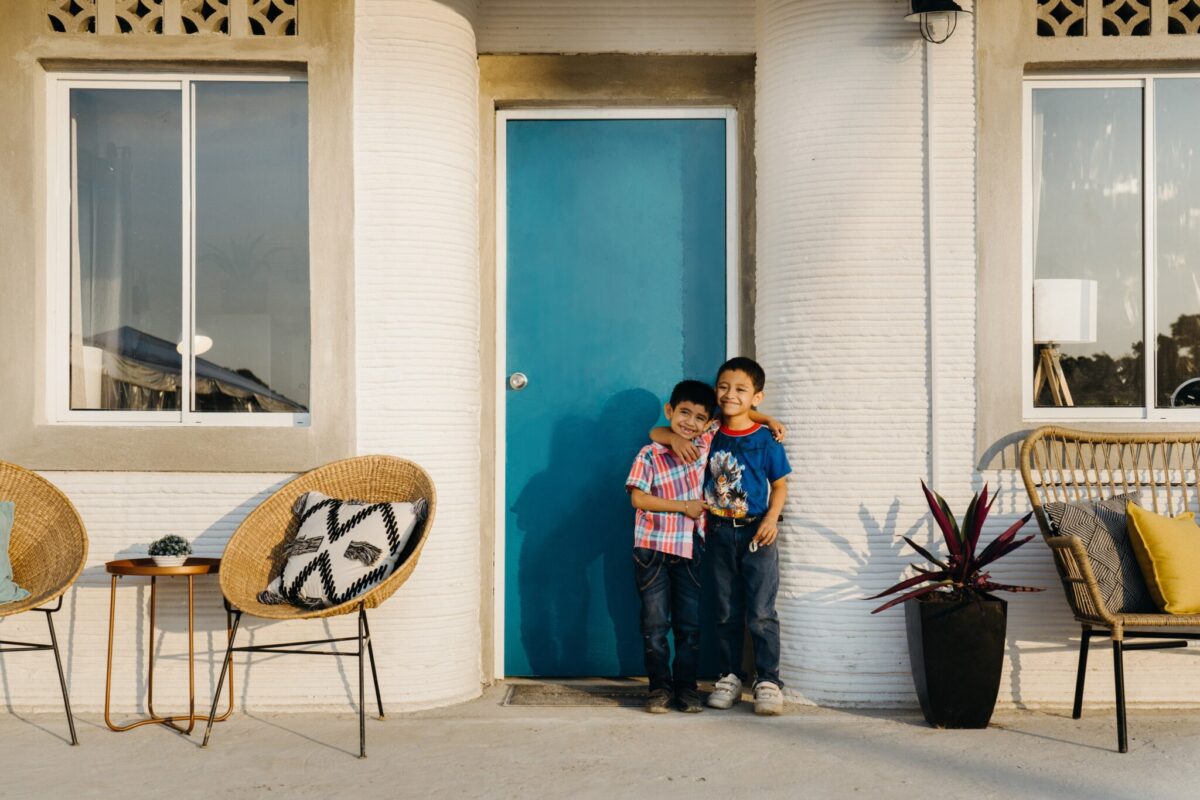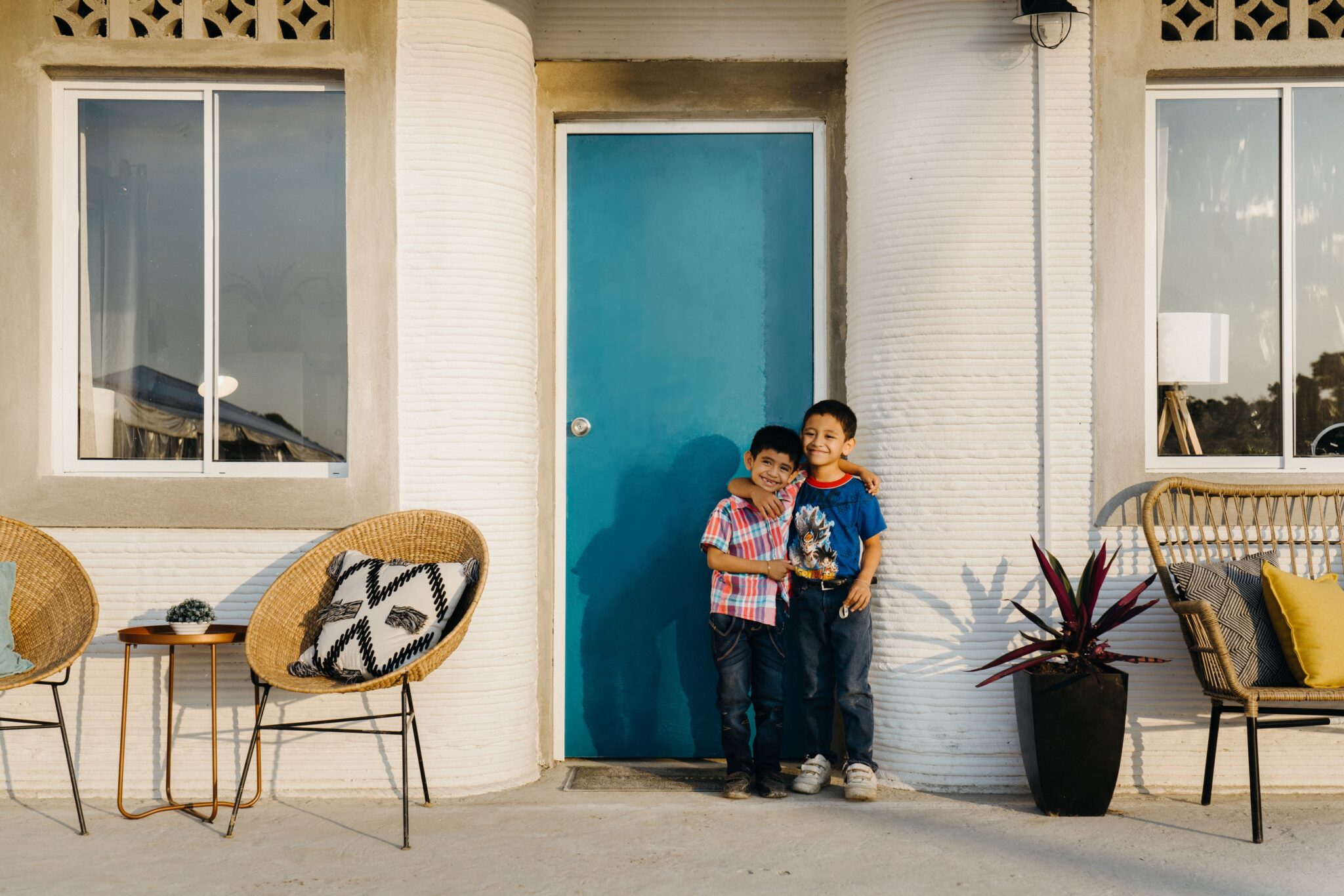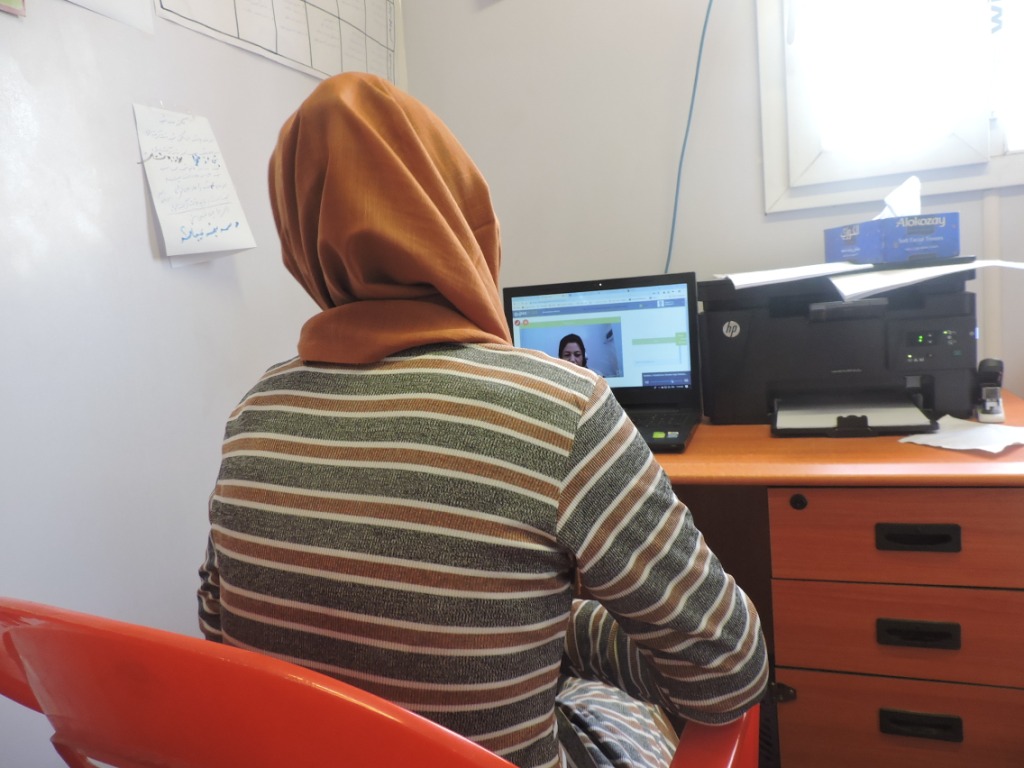WACS, automated and massive call service to vulnerable people
WACS, automated and massive call service to vulnerable people
Hampshire County Council, PA Consulting
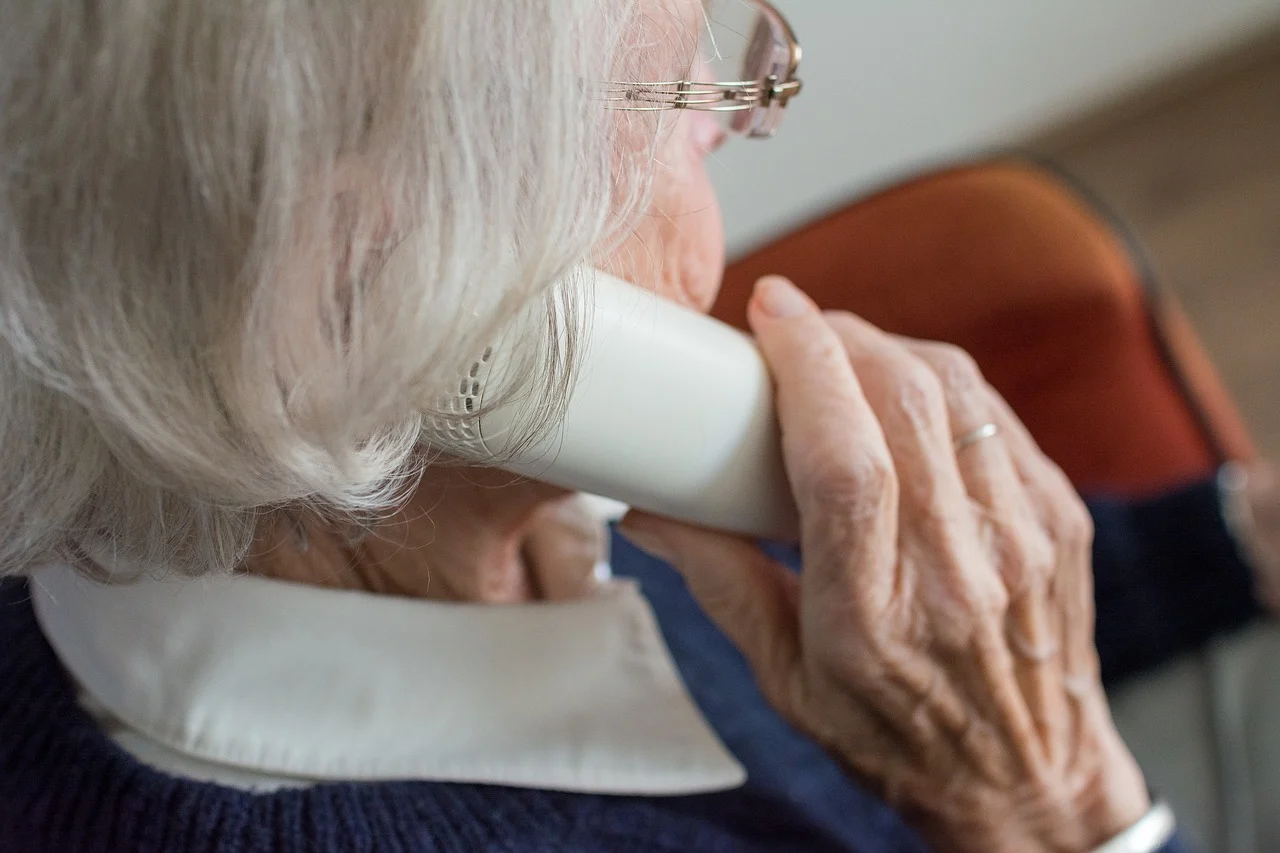
Picture from sabinevanerp on Pixabay
Service that makes automated calls to vulnerable people who are in their home and cannot attend social and health care centres on a regular basis or cannot receive close attention.
When a person who needs to be cared for is detected, the person receives an automated call with a voice from a real person, who asks him about his welfare state and possible needs. If the user needs to receive home care or if someone makes the purchase, for example, the system passes the call to a professional to specify the response to their demand.
This service used artificial intelligence techniques and was implemented in 2020 in the face of the inability of the Hampshire (England) government to monitor carefully and consistently vulnerable people during the COVID-19 pandemic. Due to the need to quickly contact thousands of people who were isolated in their homes, the PA Consulting company developed this massive, automated contact system to cater for and fuel a large volume of calls.
Location
Hampshire, UK
Collaborators / Funders
—
Genesis
The Wellbeing Automated Call Service (WACS) was created in only seven days due to Hampshire’s local government’s urgency to attend to the more than 50,000 vulnerable people who were confined to their homes during the COVID-19 pandemic.
This automated call system allowed the needs of isolated people to be detected more quickly in their homes, as well as to provide answers and prevent possible complications that would have been impossible to detect with individualized calls from socio-sanitary personnel.
Level of implementation
With WACS, the Hampshire government was able to contact more than 2,500 people a day. This impact has been recognized with several awards: at the Fast Company’s World Changing Ideas Awards, WACS was selected as a finalist in the Health and Welfare category and an honorable mention in the “Pandemic Response” category. He was also selected as the winner of the Amazon 2021 Global Public Sector Partner Web Services Award for Amazon Connect’s most valuable deployment.
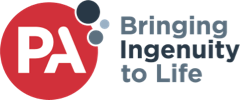
Banc d’innovacions

